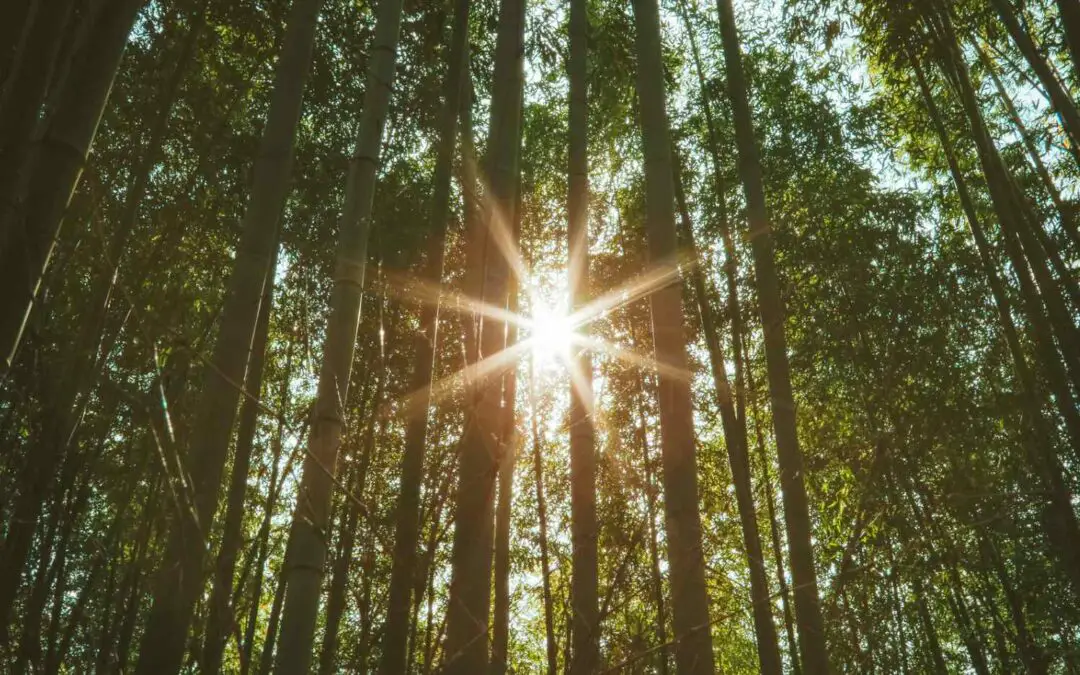As the struggle to stop climate change intensifies, the world must find more sustainable alternatives, and bamboo is one of the best. Centuries of deforestation and fossil fuel dependency have depleted some of the planet’s most precious resources, and it’s throwing ecosystems out of balance. Many environmentalists are looking to bamboo as something of a miracle plant. But just how sustainable is bamboo?
In fact, bamboo is probably the most sustainable crop on the planet. As the fastest-growing plant on earth, bamboo can produce enormous quantities of biomass on an annual basis. As a grass, it matures quickly and can be harvested frequently. And the uses for bamboo are practically unlimited. From kitchen utensils to furniture to construction materials to ethanol fuel, there’s almost nothing you can’t do with bamboo.
Bamboo is not quite as abundant as wind and sunshine, the green choices for energy. But as a natural resource, it’s hard to think of anything more readily renewable. So let’s look at a few features that make bamboo so sustainable.
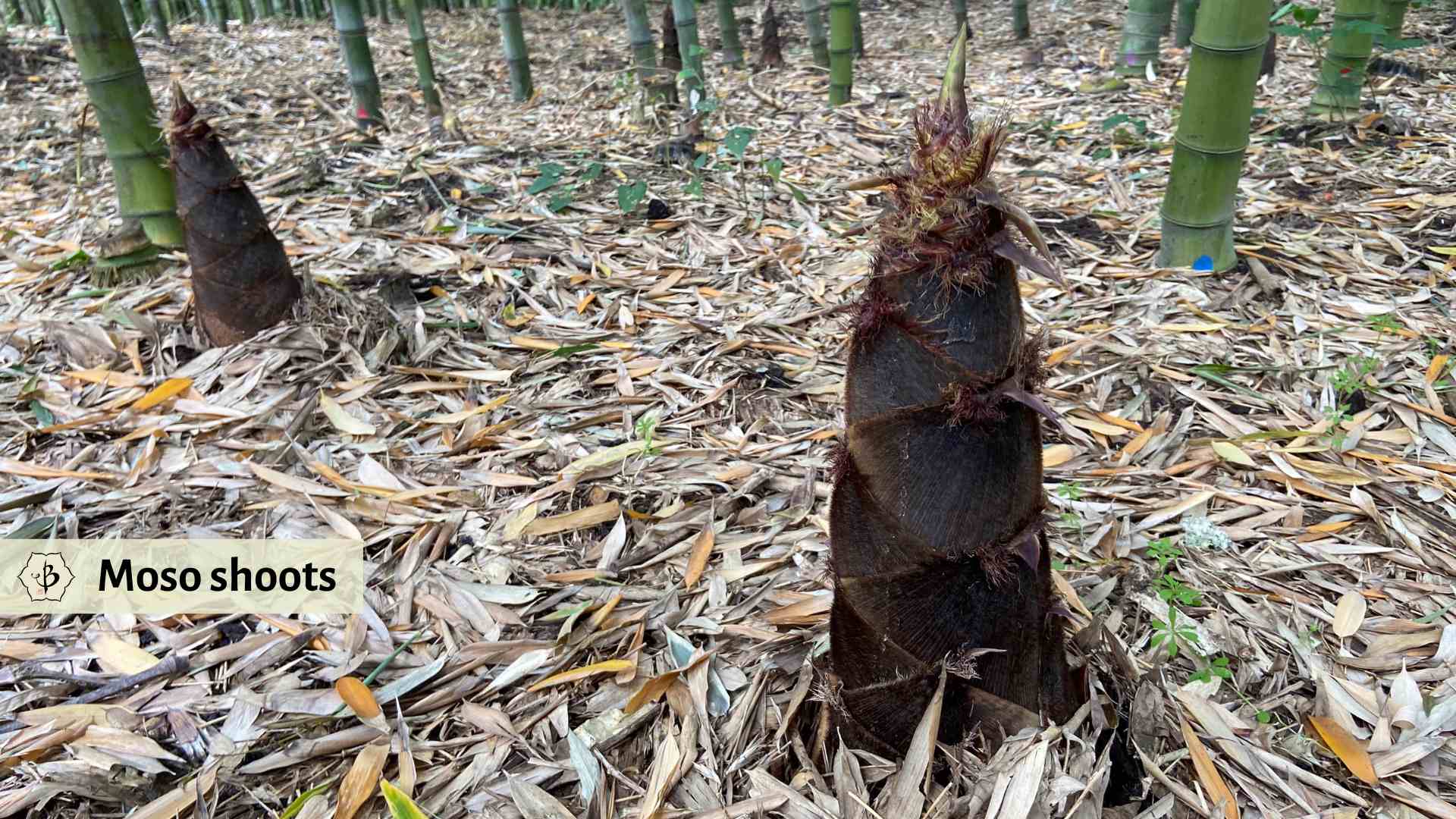
Why bamboo is so sustainable
1. It’s a grass
One of the most surprising facts about bamboo is also one of its most fundamental characteristics. Despite the size and hardness of those giant stalks of timber bamboo, this plant is actually a grass and not a tree. And while some grasses, like rice and corn, are annual grasses that only last one season, bamboo is a perennial grass that can live on for dozens and dozens of years.
As a grass, bamboo grows and spreads very quickly. And these are actually two different things. First of all, the rhizome roots of a bamboo plant, typical of many grasses, build a complex network underground, allowing it to spread out. In many species of bamboo, these roots can be very aggressive, spreading at an astonishing pace. These varieties are known as running bamboo, with leptomorphic rhizomes.
Apart from the roots, the poles (or culms) which grow above ground can also shoot up with great speed. Unlike trees which add just a few inches or feet per year, bamboo culms achieve all their vertical growth in a single growing season. For the larger varieties of bamboo, that means each new shoot can grow 60 or 80 or even 100 feet tall in just a few months. In subsequent years, those individual culms will just add more leaves and branches, but will not get any taller or thicker in diameter.
As we will see below, these grassy characteristics play a major role in making bamboo such a sustainable resource.
2. Bamboo matures quickly, usually within 5 or 6 years
In addition to growing very quickly, bamboo also matures very quickly. Now let me explain the difference. Maturity is the time it takes before you can start harvesting something. Unlike trees which can take 20 or 30 years or more to reach maturity, most bamboo varieties will be old enough to harvest after just five or six years.
In the first few years, as the plant gets established, the younger bamboo will put up smaller culms and not as many of them. Eventually, these smaller poles will probably get removed, but they will not be as large and woody as the later shoots. Once the plant is established and mature, however, the bamboo will put out full-sized shoots and many of them every year.
3. You can harvest bamboo annually
Because of the way bamboo produces shoots, with many new culms coming up every year from its massive rhizome root system, the plant itself is virtually indestructible. This can be a problem if you choose to plant bamboo in your garden, and then change your mind about it five years later. In fact, some gardeners find their running bamboo to be sustainable in the worst possible way.
But for a farmer who grows bamboo as a cash crop, it’s something of a miracle. Bamboo is like the Golden Goose who never stops giving. In fact, bamboo is something like the weeds in a garden. The more you cut it back, the more vigorously it returns, as long as you don’t destroy the roots. And that’s pretty difficult to do.
Compare that to trees which take at least two decades to mature. Once you cut them down, you have to plant new trees and wait another 20 or 30 years before those can be harvested.
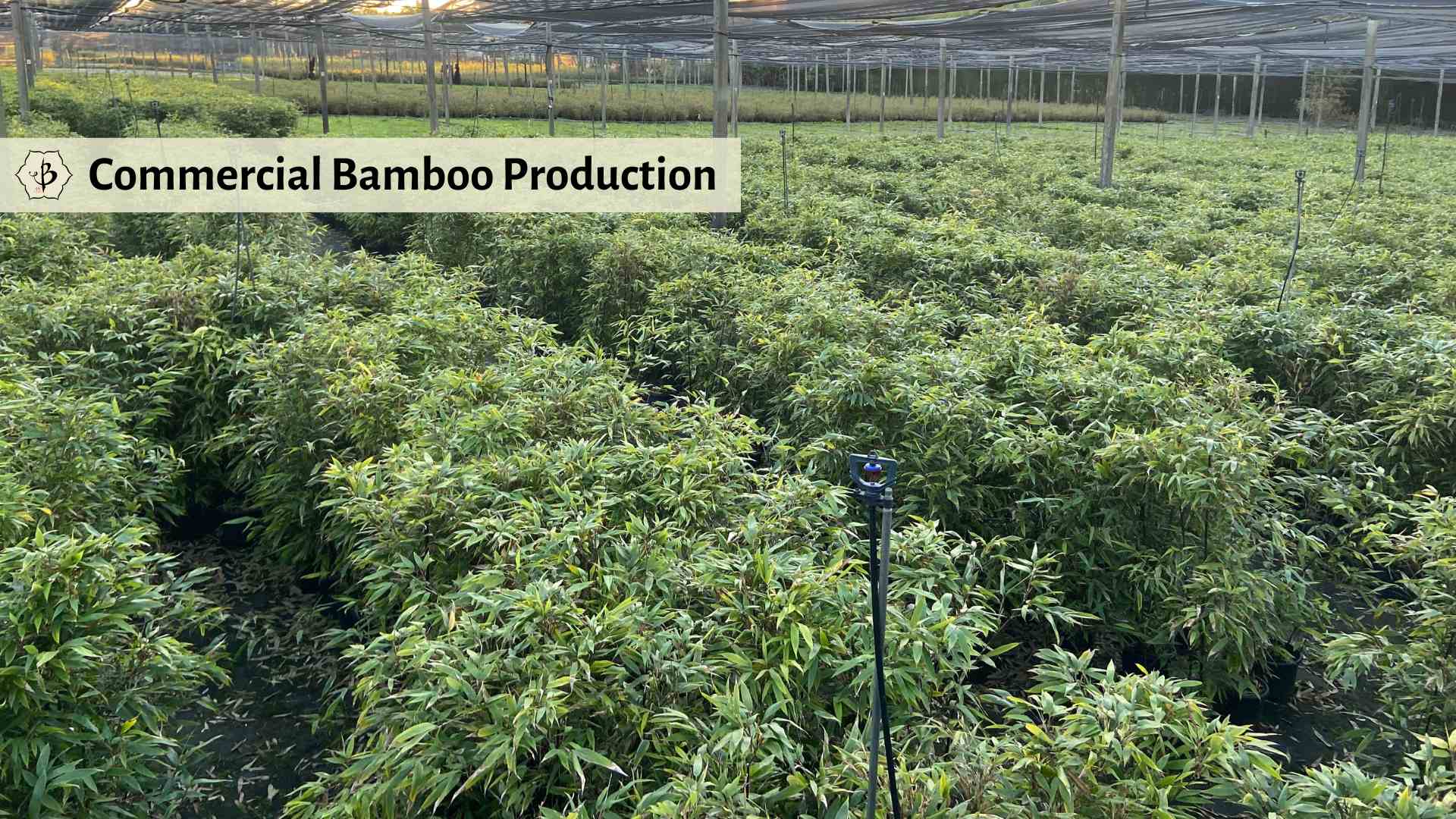
4. Monotypic colonies vs. industrial-scale monocropping
Another interesting feature of bamboo’s growth habit is the way it often grows in great swaths. Many of the problems that modern, industrial agriculture have encountered are related to monocropping or monoculture. This refers to the practice in which farmers cover a vast area, sometimes thousands of acres, with a single crop, for example wheat or corn in the Midwest.
This allows farmers to grow more efficiently, on this massive scale, but it can be detrimental to the ecosystem. Planting great areas with a single crop ends up depleting the soil of whatever nutrients that particular crop uses. Consequently, monocropping becomes very fertilizer intensive.
At the same time, it might also be very pesticide-intensive, because these monoculture fields become very susceptible to pests. Imagine an enormous field of cotton or broccoli. If you’re an insect who thrives on cotton, or broccoli, you’ll have no trouble figuring out where to go for your next meal. And you’ll probably bring all your mites and boll weevil buddies along for the great buffet.
In nature, crops like cotton, broccoli, potatoes and carrots don’t grow like this. So monocropping introduces these new, man-made problems which typically have petrochemical solutions (i.e., pesticides and fertilizers). But bamboo generally has a monotypic growth habit. This means that a single species can dominate a large area. But this occurs naturally, and sustainably, because it does not deplete the soil or make the species vulnerable to pests and disease.
(NOTE: In conjunction with climate change, monotypic growth patterns can be problematic, because a plant like bamboo might start growing in a new region or a different altitude and begin to compete with other sensitive, indigenous species. Otherwise, these monotypic colonies are quite stable and harmless.)
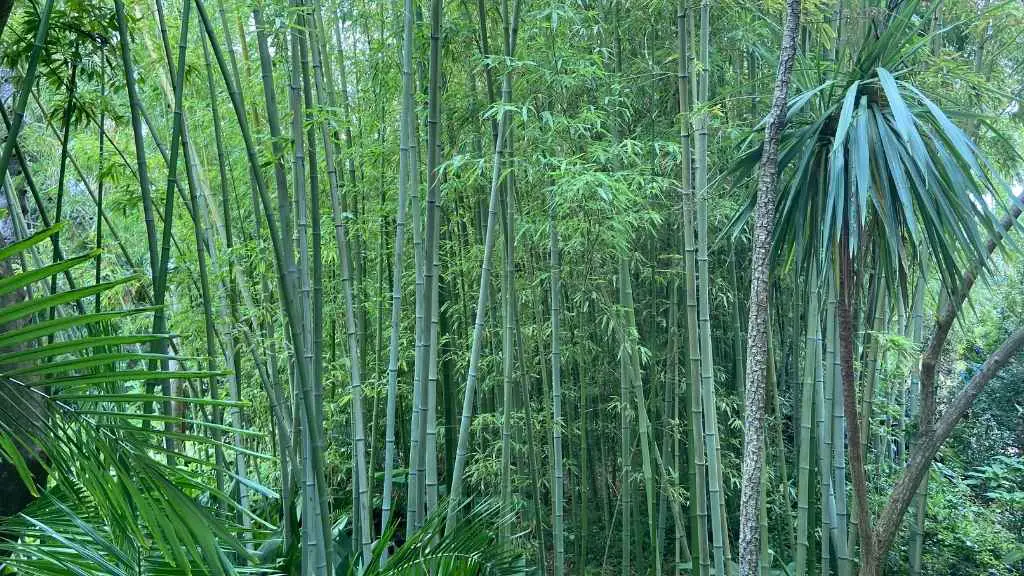
5. Natural resistance to pests
One of the reasons that bamboo is able to thrive in a monotypic setting is because it is naturally resistant to pests, including insects and fungus. Bugs and rodents may nest around the bamboo, but because the bamboo is so hardy and fast-growing, these critters tend not to become problematic.
Consequently, and this is related to item #4, bamboo does not require the heavy use of pesticides the way cotton and many food crops do. This saves the farmer time and money, and eliminates (or reduces) the need to release toxins into the atmosphere. Again, this makes for a more sustainable farming practice all the way around.
Read this article to learn more about Bamboo and Pests.
6. Oxygen production
Another environmental benefit of bamboo comes from the amount of oxygen it produces. With its fast growth rate and high metabolism, bamboo produces about 30-35 percent more oxygen than an equal area of trees. In this way, bamboo cultivation is helping to reverse the trends that are contributing to climate change, namely the excessive release of greenhouse gasses. By generating more oxygen, bamboo helps to lower the level of CO2 in the atmosphere.
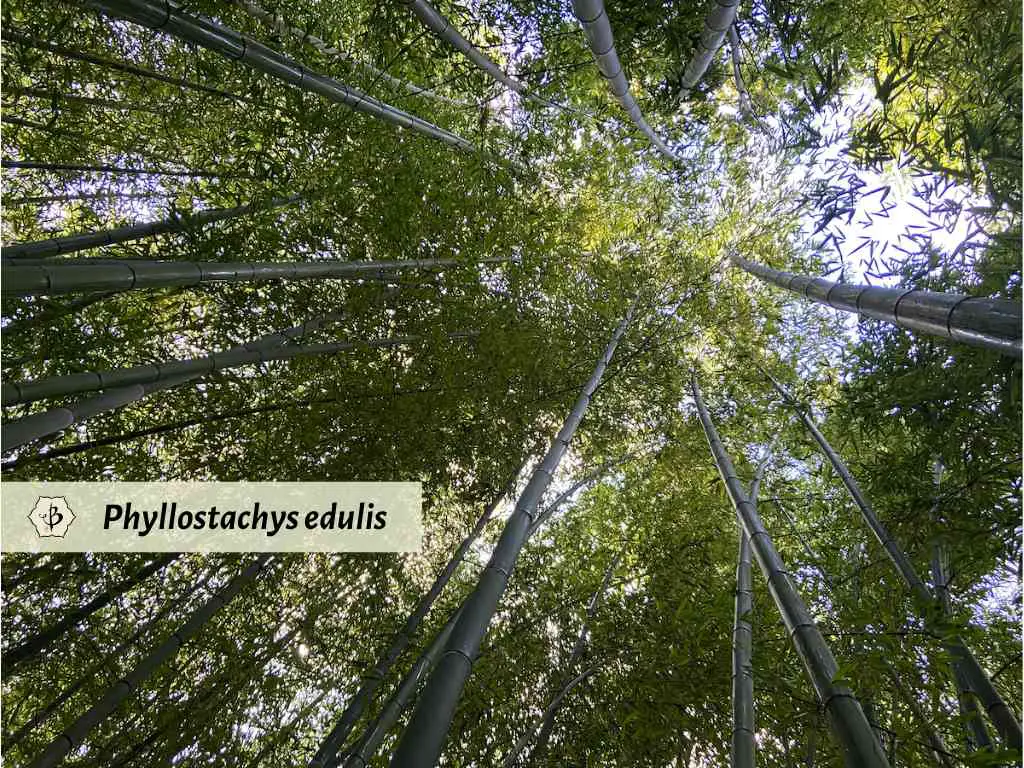
7. Carbon sequestration
As bamboo converts CO2 into oxygen, it also ends up storing great quantities of carbon in its roots and biomass. This is also known as a carbon sink. The amount of carbon a forest of bamboo can store is pretty comparable to the amount of carbon stored in a hardwood forest. The main difference is that when a tree is cut down, the contents of its carbon sink get released into the atmosphere.
Because of bamboo’s massive rhizome root system, its carbon sink remains effective even when individual culms are harvested. In other words, you can cut down bamboo poles without releasing CO2 from its carbon sink. This is another important benefit.
8. Strength and resilience
The way bamboo grows and replenishes itself is clearly amazing. But the woody material produced by this giant grass is equally impressive. Super strong but also flexible, bamboo provides an incredible alternative to building with lumber, steel or concrete. Lumber can be sourced sustainably, but it can also result in deforestation. Steel and concrete production are both very dirty and resource-intensive processes. So bamboo, as a substitute, can result in far great sustainability.

9. Versatility and utility
We have a saying here at Bambu Batu. “If it can’t be done with bamboo, it probably shouldn’t be done!” Of course, we are half joking when we say this, but the number of things you can make and do with bamboo is truly mind-boggling. Single-use plastic items, like packaging and utensils, are flooding the world and filling the oceans at a devastating rate. And bamboo can provide an alternative to many of these plastic conveniences.
The fact that we can make almost anything out of bamboo is not to say that we should start making everything out of bamboo. Relying on a single resource for all our needs is not the solution to the world’s problems. What we need is a polyculture of diverse renewables. But as one of the most sustainable resources in the world, bamboo should definitely play a key role in the future of our planet.
Further reading
If you found this article useful and interesting, please consider sharing the link and subscribing to our blog. You might also enjoy some of these other popular blog posts.
- Bamboo for carbon sequestration
- Bamboo for erosion control
- The benefits of bamboo
- Bamboo and ecology
- Common questions about bamboo
- The world’s 20 greatest bamboo gardens
- Bamboo and the UN Sustainable Development Goals
Other sources:

